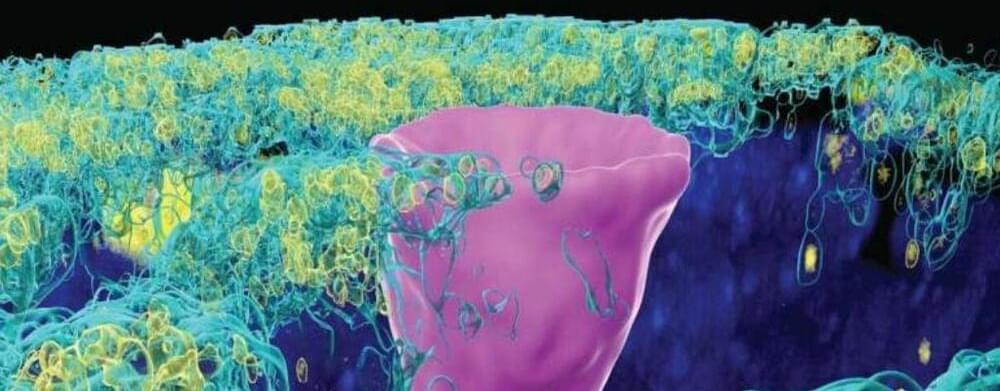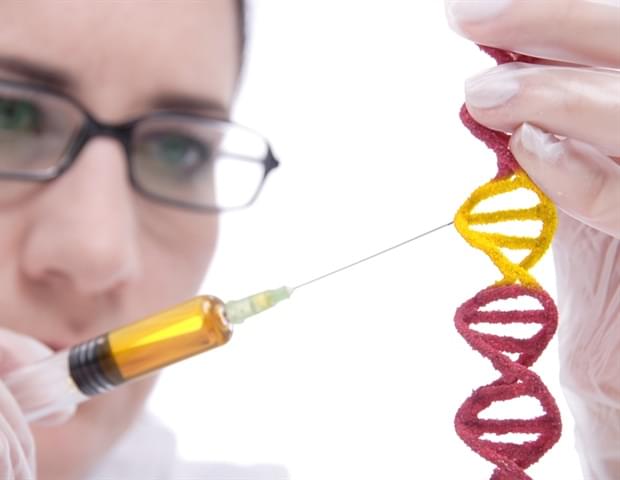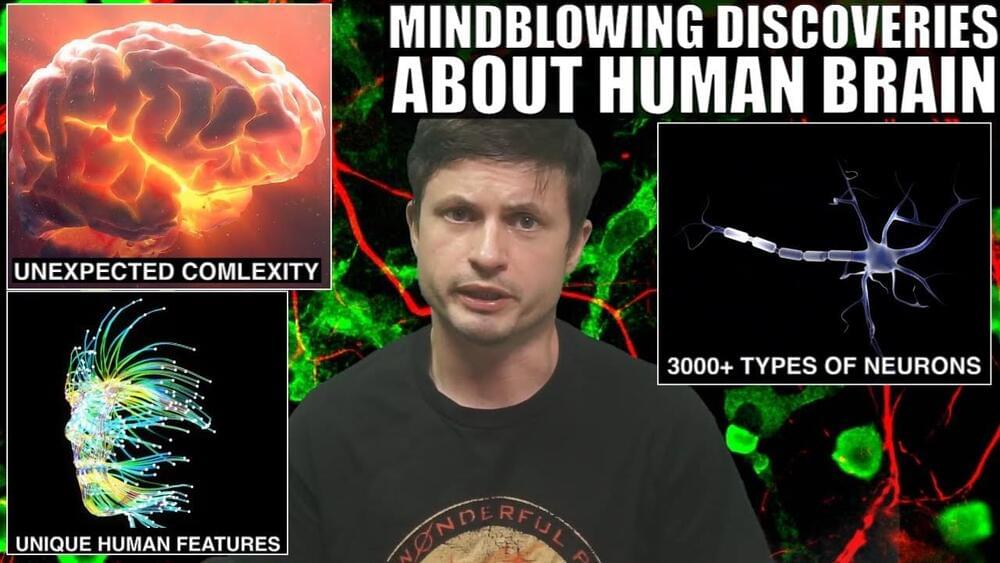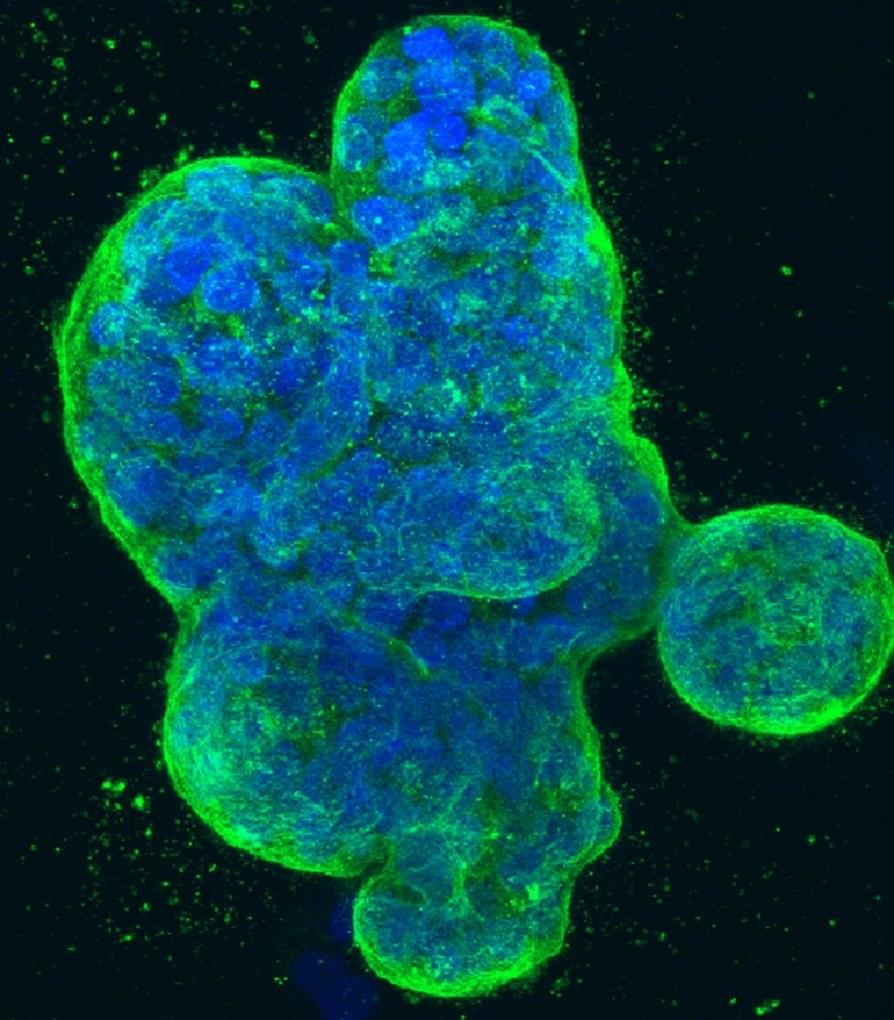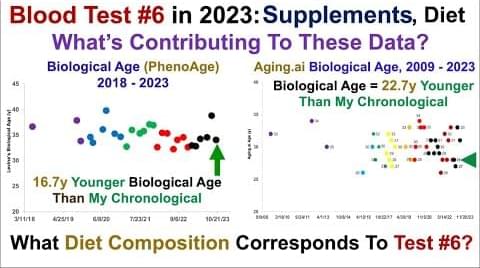
A study published today by scientists from Harvard University and epigenetic research company TruDiagnostic has shed light on the reasons why our bodies are aging on a cellular level, laying the foundations for medical based treatment options to reduce the risk of age-related death and disease in highly targeted ways.
Longevity. Technology: Age is the number one risk factor for most chronic diseases and death across the world. Epigenetics (or the way our genes are put to use throughout our bodies) has emerged as a crucial method of evaluating health, and while previous DNA methylation clocks could determine how advanced one’s body has aged, they have not yet been able to provide information to the reasons why someone might have accelerated or decelerated aging outcomes.
“In our research, we set out to create the best method to quantify the biological aging process. However, aging is extremely complex,” explains Harvard Medical School Associate Professor Dr Jessica Lasky-Su. “To solve this issue of complexity, our approach was to gather data across multiple sources of information. We chose to do this by building one of the most robust aging datasets in the world by quantifying patients’ proteomics, metabolomics, clinical histories and DNA methylation.”
